A new Northwestern Medicine study has found that, following transplant and in chronic disease states, abnormal cells emerge and “conversations” between them drive the development of transplant rejection.
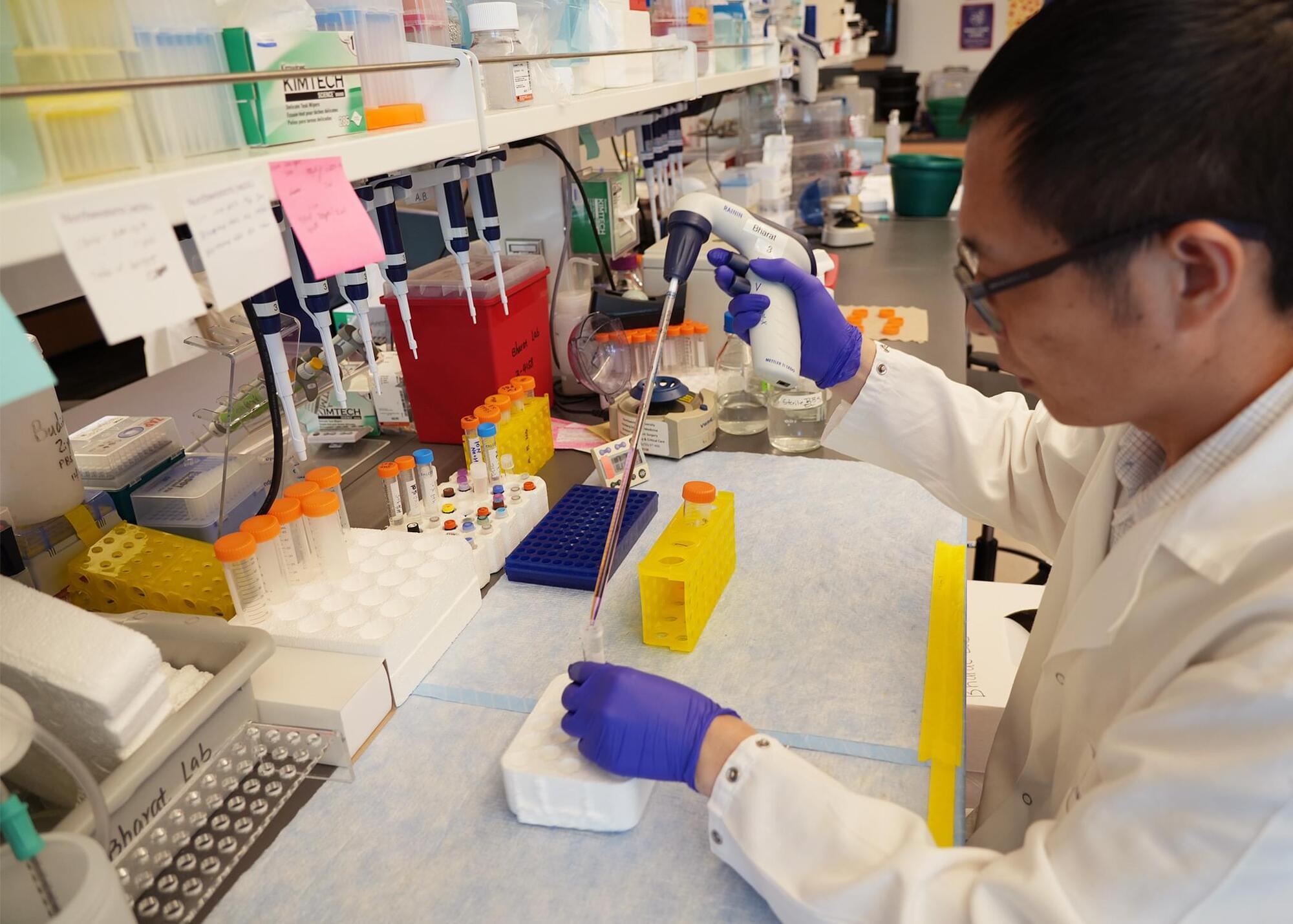

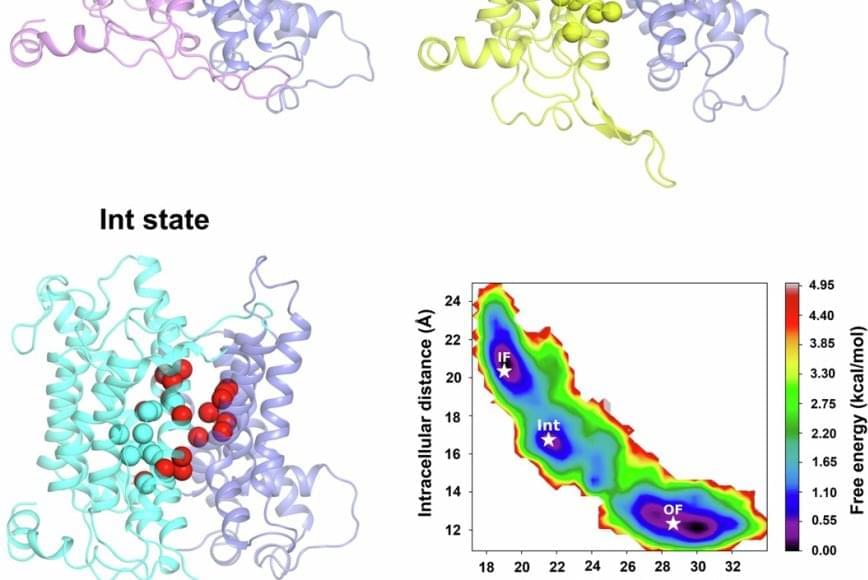
The authors determined the 3.3 Å cryoEM structure of the human NBCn1 outward facing (OF) conformational state with densities corresponding to the transported ions in the ion coordination site. They also generated NBCn1 inward facing (IF) and intermediate (occluded) structures and characterized the transport cycle and the ion dynamics in the IF and OF states.
The results showed that NBCn1 utilizes an elevator-type transport mechanism with a small vertical shift of the ion coordination site between OF and IF conformational states and that the transported ions permeate without significant energy barriers.
The researchers showed that NBCn1 moves two sodium ions and one carbonate ion through an efficient “elevator-like” motion that minimizes energy use. This allows NBCn1 to achieve a high transport rate of approximately 15,000 ions per second, helping tumor cells maintain an internal pH that promotes survival, division and resistance to acidic stress.
By understanding the structure and function of NBCn1, the study provides a blueprint for designing drugs that could potentially block this transporter and disrupt the internal chemical balance that cancer cells depend on. Targeting this protein in cancer cells specifically could offer a precise way to weaken tumors while minimizing harm to normal tissue.
Scientists have characterized the structure and function of a key survival protein in breast cancer cells that helps explain how these tumors resist environmental stress and thrive in acidic, low-oxygen environments that would normally be toxic to healthy cells.
Breast cancer cells rely on a transporter protein called NBCn1 to bring alkali ions into the cell and maintain a favorable internal pH.
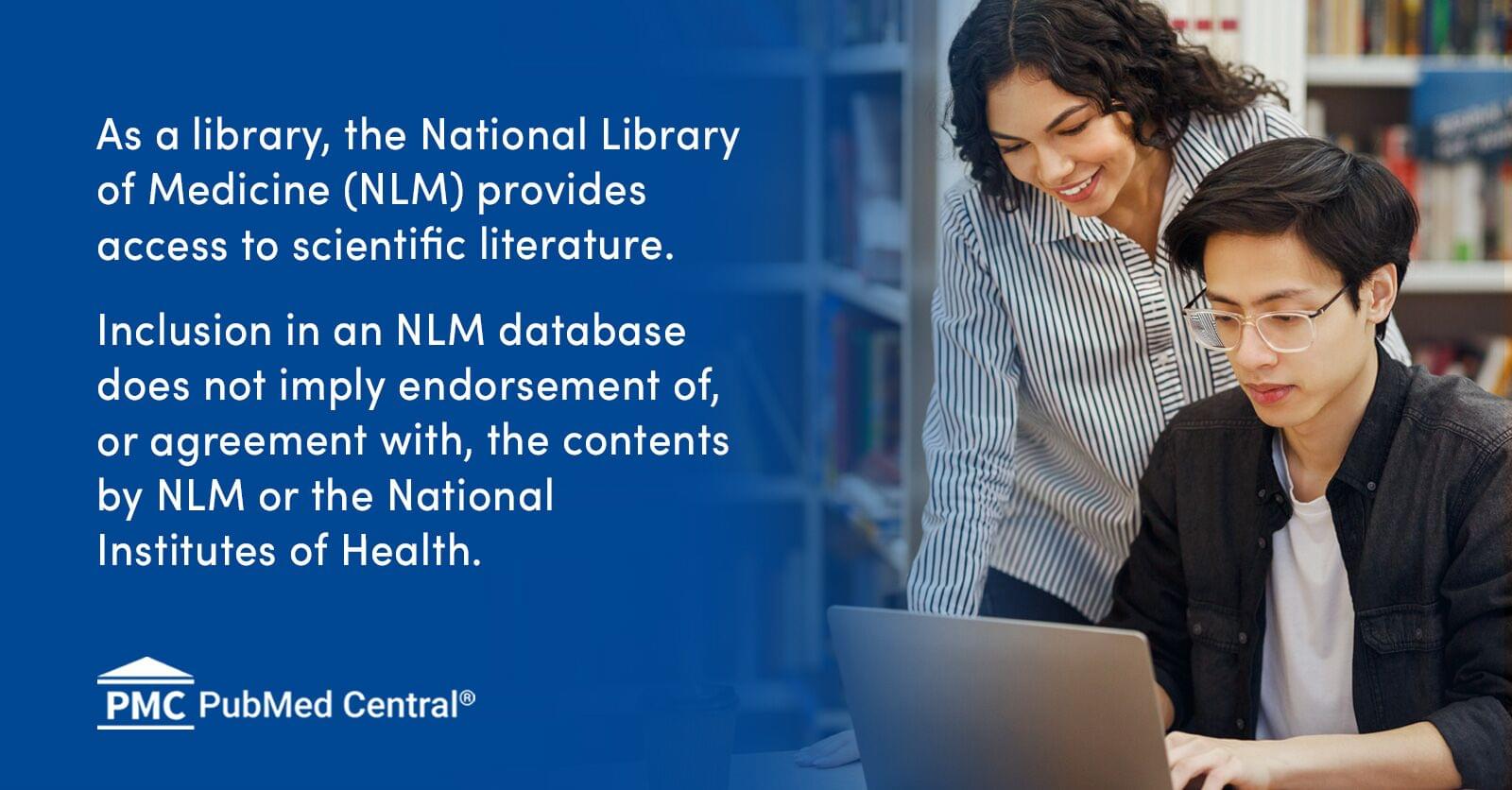


The bone marrow is home to the production of red and white blood cells. Many blood disorders also arise here, making it a relevant site to study. However, its complexity made it difficult for researchers to model.
Now, researchers at the Universität Basel developed a 3D system to reproduce the architecture and major function of this niche.
Read more.
Organoids cultured on a bone scaffold created a vascularized model of the human endosteal niche, paving the way for more reliable studies of the bone marrow.
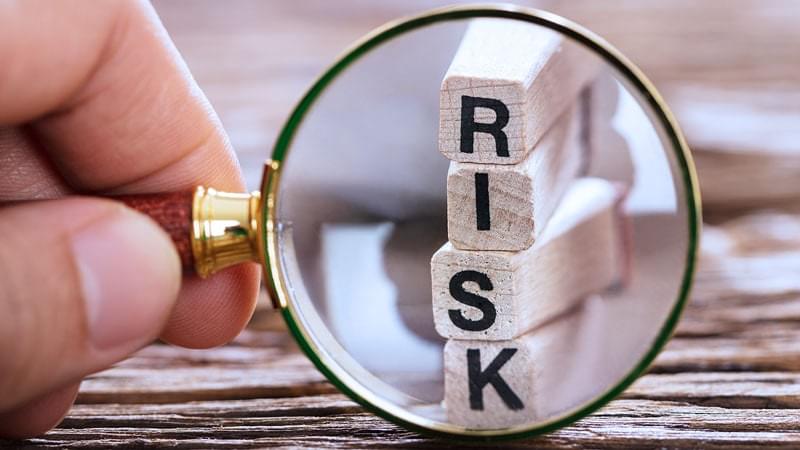
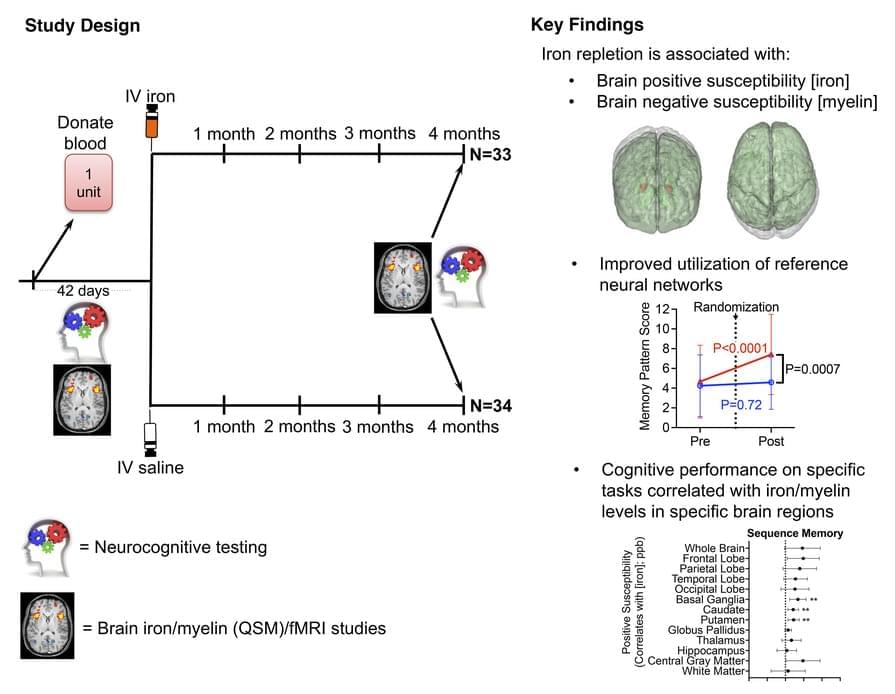
Steven L. Spitalnik & team report on a double-blind randomized trial for iron-deficient blood donors, finding treatment appears to affect brain function, brain iron, and myelin levels:
The heatmap images highlight the trend for increased iron in most brain regions.
1Department of Pathology and Cell Biology, and.
2Cognitive Neuroscience Division in Neurology, Columbia University College of Physicians and Surgeons, New York Presbyterian Hospital, New York, New York, USA.
3Department of Radiology, Weill Cornell Medical College, New York, New York, USA.
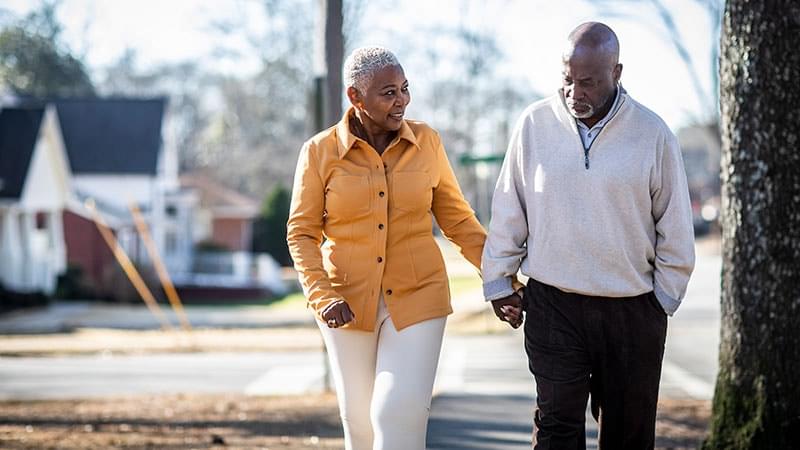
Adults with chronic heart failure with reduced ejection fraction (HFrEF) who wore a lightweight exosuit during exercise showed significant improvements in the 6-minute walk distance and daily step counts, which were not statistically significant in those who received nonassisted conventional exercise training.
Robot-assisted training with a lightweight exosuit may help patients with advanced heart failure walk more and help them stay engaged in rehabilitation, a study finds.


An ageing-related pathology has recently been described as one that develops and/or progresses with increasing chronological age, that is associated with, or contributes to, functional decline and that is evidenced by studies in humans. The pineal gland is a photo-neuroendocrine organ whose primary function is to produce and secrete melatonin in response to light-dark cycle environmental cues. The gland may undergo ageing-related structural and morphological changes, including calcification, gliosis, cyst formation, and reduced density of β-adrenergic receptors, which are hypothesised to reduce melatonin secretion.